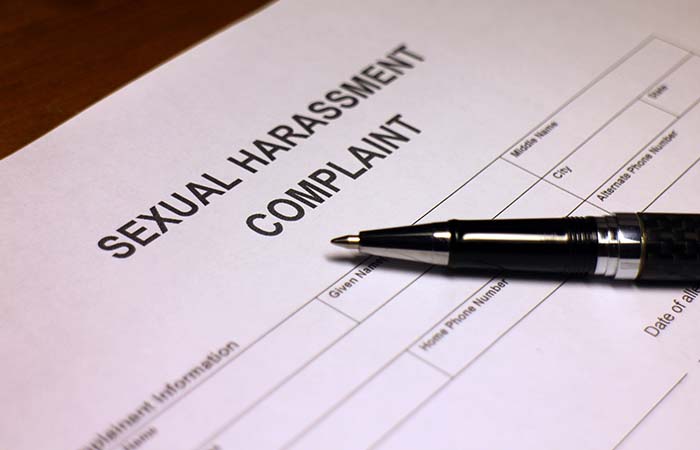Addressing sexual harassment in the workplace
In Analysis
Follow this topic
Bookmark
Record learning outcomes
Sexual harassment needs to be tackled with practical steps and legal insight, says Adam Bernstein
An Acas survey published in October 2024 found that 14 per cent of employers and six per cent of employees have experienced sexual harassment in their workplace.
Acas’s head of inclusive workplaces, Julie Dennis, says “sexual harassment is unacceptable at work or anywhere”.
The pharmacy profession is not immune. In January 2024, a locum pharmacist based in Sussex was told to undertake training in sexual boundaries and communication skills after the General Pharmaceutical Council’s fitness to practise (FtP) committee determined that he had engaged in inappropriate and, in one instance, “sexually motivated” behaviour.
And not six months later, another pharmacist was removed from the register after a FtP hearing heard he touched a female patient for sexual gratification.
These cases occurred before legislation was introduced in October 2024. Since then, employers have a legal duty to proactively take steps to prevent sexual harassment.
Sexual harassment defined
Under the Equality Act 2010, sexual harassment is defined as “any unwelcome behaviour of a sexual nature” that violates someone’s dignity, or creates an intimidating, hostile, degrading, humiliating or offensive environment.
Intent is not required but if the behaviour has this effect, it can be classed as harassment. This applies to employees, workers, contractors, self-employed individuals, and job applicants. It can be a one-off incident or part of a pattern of behaviour, and it can occur in person, online, by phone, or via email.
Common examples include making sexual remarks about someone’s appearance or making comments about someone’s sexual orientation. Notably even ‘harmless’ behaviour dismissed as ‘banter’ can amount to harassment.
The legal framework
Given the risks, employers need to be familiar with two key pieces of legislation.
The Equality Act 2010 which protects individuals from various forms of discrimination, including sexual harassment, and the Worker Protection (Amendment of Equality Act 2010) Act 2023 which came into force on 26 October 2024; it introduces a duty on employers to take proactive measures to prevent sexual harassment or if it’s already occurred, prevent it reoccurring.
Employers also have a duty of care to provide a safe and supportive working environment — including protection from harassment by third parties such as clients, customers, and contractors.
Legal and reputational risks
Failing to address sexual harassment properly can expose an employer to significant legal and financial risk. When a complaint arises, prompt and appropriate action is key.
In overview, an employer should firstly take the allegation seriously. This means that every complaint should be investigated appropriately.
Next, they must handle the allegation with fairness and sensitivity, treating all parties with respect and impartiality. While considering how the complainant wishes the matter to be resolved, employers must also meet their wider legal duty to protect the workforce; this could mean investigating even if the complainant doesn’t want action taken.
It follows that an employer should offer support options such as counselling – and this should be offered to both parties. Confidentiality must be maintained for the sake of all involved. Breaching confidentiality may result in disciplinary action.
The investigation needs to start quickly. Any prolonging of the process can cause further distress and risk legal repercussions.
Any investigation needs to involve and begin with the complainant and a full account of the issue. If the allegation might amount to a criminal offence, this should be discussed with the complainant and whether they wish to report it to the police. The investigation process may have to be paused to avoid interfering with a criminal investigation.
Employers should follow their grievance or anti-harassment policy. This usually includes notifying the accused, interviewing witnesses, reviewing relevant emails, messages, or records, conducting formal meetings with both parties, issuing written outcomes to both parties with rights of appeal, and considering temporary measures such as suspension or different working terms while the investigation is ongoing.
If the matter is proven, then the employer will have to take appropriate action. In serious cases, the matter may warrant dismissal for gross misconduct. But whatever sanction is issued, the accused must be allowed to appeal.
Lastly, once the investigation and disciplinary process has been completed, the whole matter should be reviewed, with policies updated if needed, and training given where necessary.
Sexual harassment allegations must never be ignored. Regardless of what is alleged or who is involved, employers are legally and morally obligated to act — fairly, promptly, and professionally.

